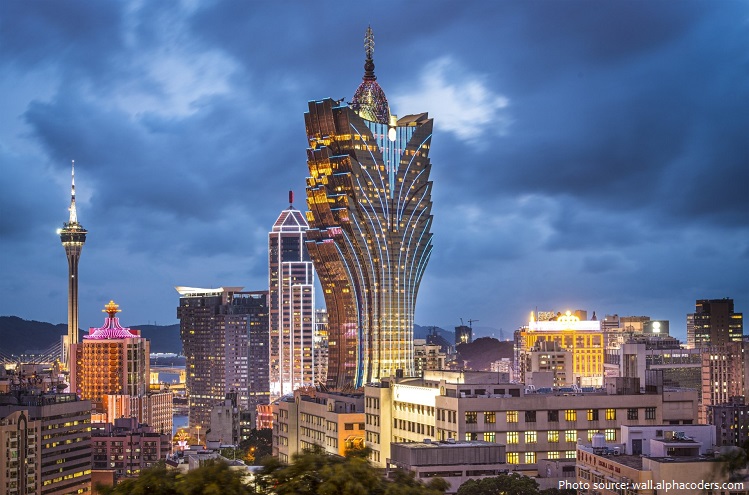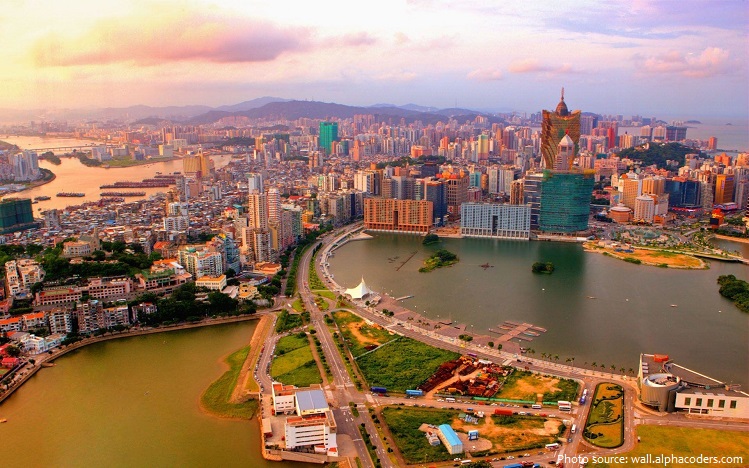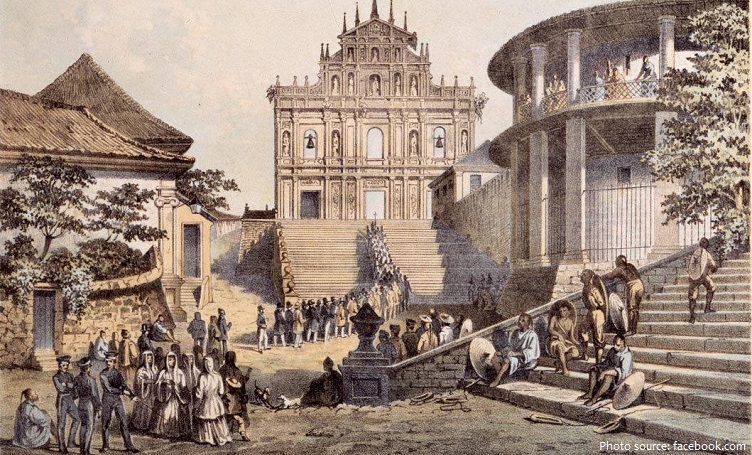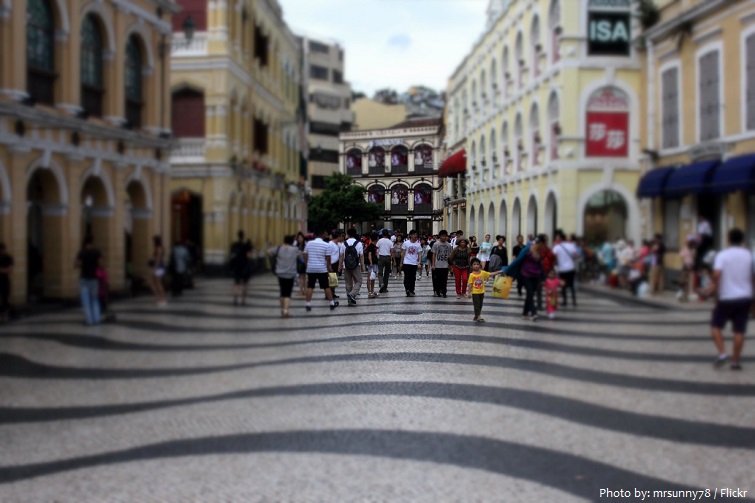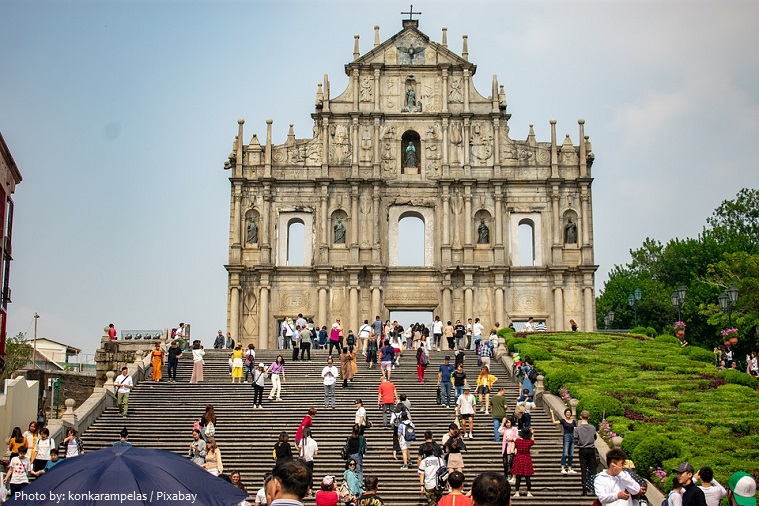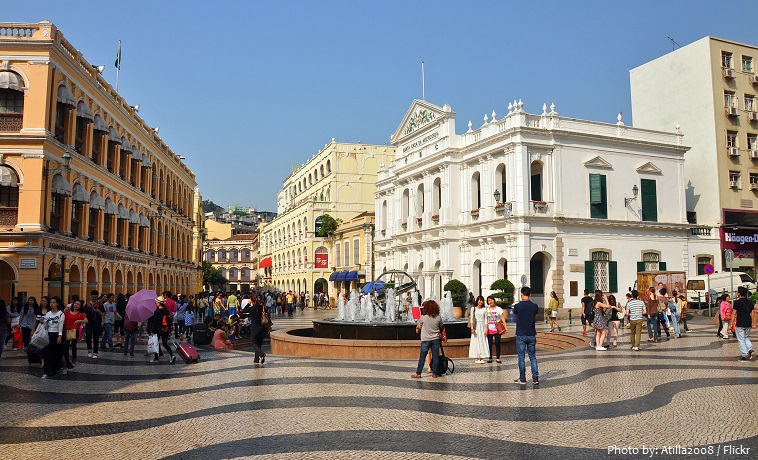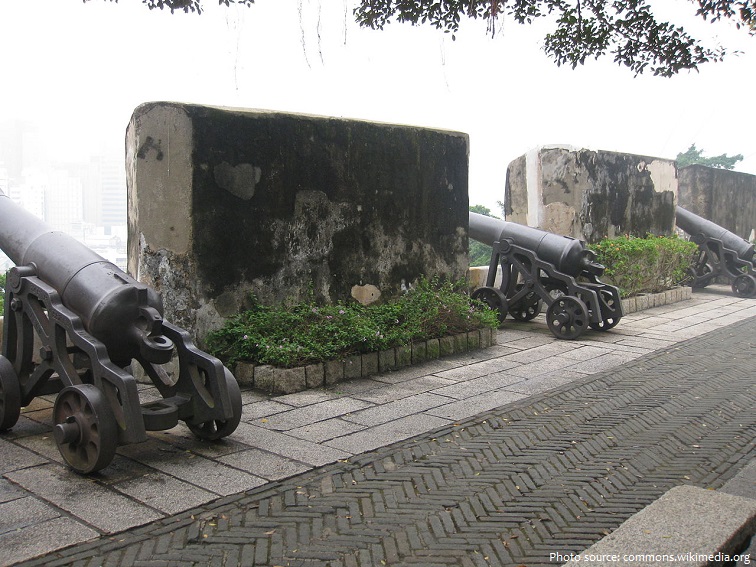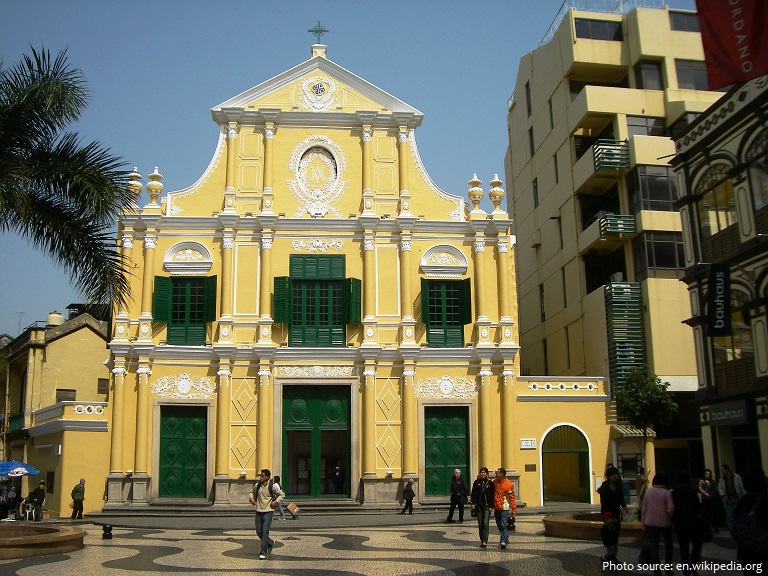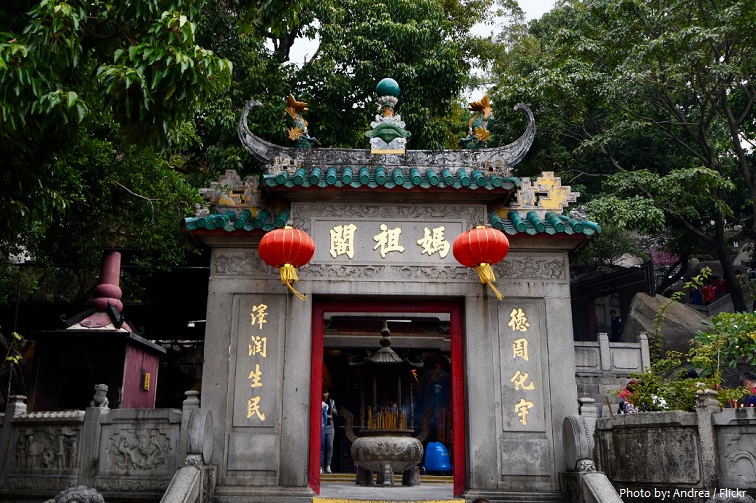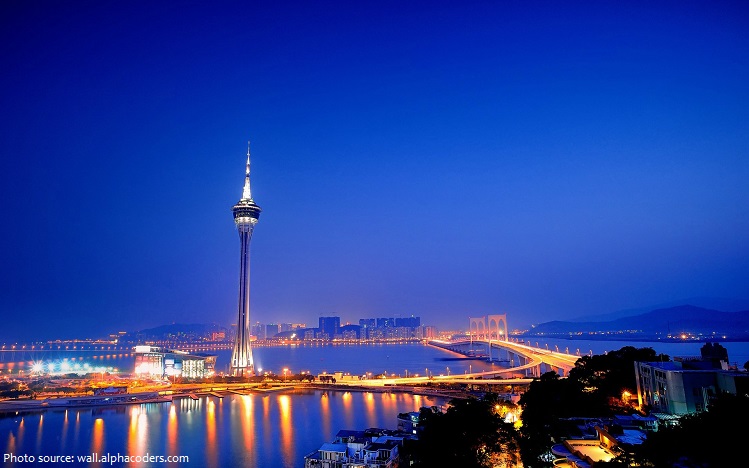Macau, also spelt Macao is a city in southern China.
The official name of the city is the Macao Special Administrative Region of the People’s Republic of China.
Macau is located on China’s southern coast, 60 km (37 mi) west of Hong Kong, on the western side of the Pearl River estuary.
As of March 2020, the population of Macau is about 680,000 people.
The city covers a total area of 115 square kilometers (44 square miles).
According to archaeological findings, there were human settlements within the regions around six thousand years ago.
The region is first known to have been settled during the Han dynasty (206 BC – 220 AD).
However, Macau did not develop as a major settlement until the Portuguese arrived in the 16th century.
In 1557 it was leased to Portugal as a trading post in exchange for an annual rent of 500 tael in order to stay in Macau.
Between 1557 and 1887, Macau was governed by the Portuguese under Chinese authority and sovereignty.
In 1887, Portugal was given perpetual colonial rights for Macau which gave Portuguese sovereignty over Macau.
The colony remained under Portuguese rule until 1999, when it was transferred to China. Macau was the last extant European territory in continental Asia.
The period since reunification has been peaceful and marked by increasing prosperity. Much of the region’s economic growth has come from the tremendous expansion in gambling and gaming since 2000, which transformed Macau into one of the world’s largest gambling centres.
With its historic street, residential, religious and public Portuguese and Chinese buildings, the Historic Centre of Macao provides a unique testimony to the meeting of aesthetic, cultural, architectural and technological influences from East and West. The site also contains a fortress and a lighthouse, the oldest in China. It bears witness to one of the earliest and longest-lasting encounters between China and the West, based on the vibrancy of international trade. In 2005 the Historic Centre of Macau was inscribed on the UNESCO World Heritage List.
The Ruins of Saint Paul’s are the ruins of a 17th-century Catholic religious complex in the Historic Centre of Macau. It includes what was originally St. Paul’s College and the Church of St. Paul also known as “Mater Dei”, a 17th-century Portuguese church dedicated to Saint Paul the Apostle. Today, the ruins are one of Macau’s best known landmarks and one of the Seven Wonders of Portuguese Origin in the World.
The Senado Square, or Senate Square is a paved town square in the Historic Centre of Macau. It covers an area of 3,700 square meters (almost 40,000 square feet). Except for the highly Europe-style characteristic buildings, a variety of gift shops around are also highlights to visit this place.
Fortaleza do Monte is the historical military centre of Macau. The fort was built between 1617 and 1626 on the 52 metres tall Mount Hill. It was constructed to protect the properties of the Jesuits (mainly Portuguese Jesuits) in Macau, especially from pirates. Later, the Fortaleza was taken over by the Portuguese colonial governor and the relevant authorities for the defence of Macau.
Saint Dominic’s Church is a late 16th-century Baroque-style church that serves within the Cathedral Parish of the Roman Catholic Diocese of Macau. The construction of the church was finished in 1587 and was overseen by three Spanish Dominican priests. Due to renovations and reconstruction, the current structure dates back to the early 17th century.
The A-Ma Temple is a temple dedicated to the Chinese sea-goddess Mazu. Built in 1488, the temple is one of the oldest in Macau and thought to be the settlement’s namesake. The name Macau was thought to be derived from the name of the temple. It is said that when the Portuguese sailors landed at the coast just outside the temple and asked the name of the place, the natives replied Maa-gok or A-maa-gok (lit. “The Pavilion of the Mother”). The Portuguese then named the peninsula “Macau”.
The Venetian Macao is a luxury hotel and casino resort in Macau owned by the American Las Vegas Sands company. The Venetian is a 39-story, casino hotel on the Cotai Strip in Macau. The 980,000-square-meter (210,500,000-square-foot) Venetian Macao is modeled on its sister casino resort The Venetian Las Vegas. The Venetian Macao is the largest casino in the world, the largest single structure hotel building in Asia, and also the seventh-largest building in the world by floor area.
Macau Tower Convention & Entertainment Centre also known as Macau Tower is a tower located in Macau. The tower measures 338 m (1,109 ft) in height from ground level to the highest point. Its observation deck features views, restaurants, theaters, shopping malls and the Skywalk X, a walking tour around the outer rim. It offers the best view of Macau and in recent years has been used for a variety of adventurous activities including bungee jumping.
It is the ninth-highest recipient of tourism revenue and its gambling industry is seven times larger than that of Las Vegas.
The mixing of the Chinese and Portuguese cultures and religious traditions for more than four centuries has left Macau with an inimitable collection of holidays, festivals and events.
The biggest event of the year is the Macau Grand Prix in November, when the main streets in Macau Peninsula are converted to a racetrack bearing similarities with the Monaco Grand Prix.
The Lunar Chinese New Year is the most important traditional festival and celebration normally takes place in late January or early February.
Macau has the fourth-highest life expectancy in the world.
